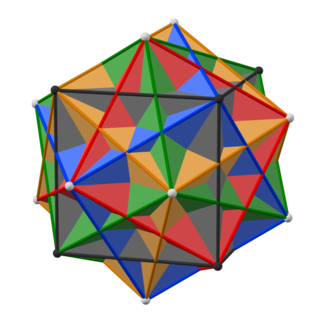Related Research Articles
90 (ninety) is the natural number following 89 and preceding 91.
84 (eighty-four) is the natural number following 83 and preceding 85. It is seven dozens.
1000 or one thousand is the natural number following 999 and preceding 1001. In most English-speaking countries, it can be written with or without a comma or sometimes a period separating the thousands digit: 1,000.
300 is the natural number following 299 and preceding 301.

360 is the natural number following 359 and preceding 361.
400 is the natural number following 399 and preceding 401.
500 is the natural number following 499 and preceding 501.
700 is the natural number following 699 and preceding 701.
600 is the natural number following 599 and preceding 601.
800 is the natural number following 799 and preceding 801.
2000 is a natural number following 1999 and preceding 2001.
126 is the natural number following 125 and preceding 127.
4000 is the natural number following 3999 and preceding 4001. It is a decagonal number.
6000 is the natural number following 5999 and preceding 6001.
100,000 (one hundred thousand) is the natural number following 99,999 and preceding 100,001. In scientific notation, it is written as 105.
225 is the natural number following 224 and preceding 226.
1728 is the natural number following 1727 and preceding 1729. It is a dozen gross, or one great gross. It is also the number of cubic inches in a cubic foot.
20,000 is the natural number that comes after 19,999 and before 20,001.
60,000 is the natural number that comes after 59,999 and before 60,001. It is a round number. It is the value of (75025).
888 is the natural number following 887 and preceding 889.
References
- Wells, D. (1987). The Penguin Dictionary of Curious and Interesting Numbers (pp. 145 – 147). London: Penguin Group.